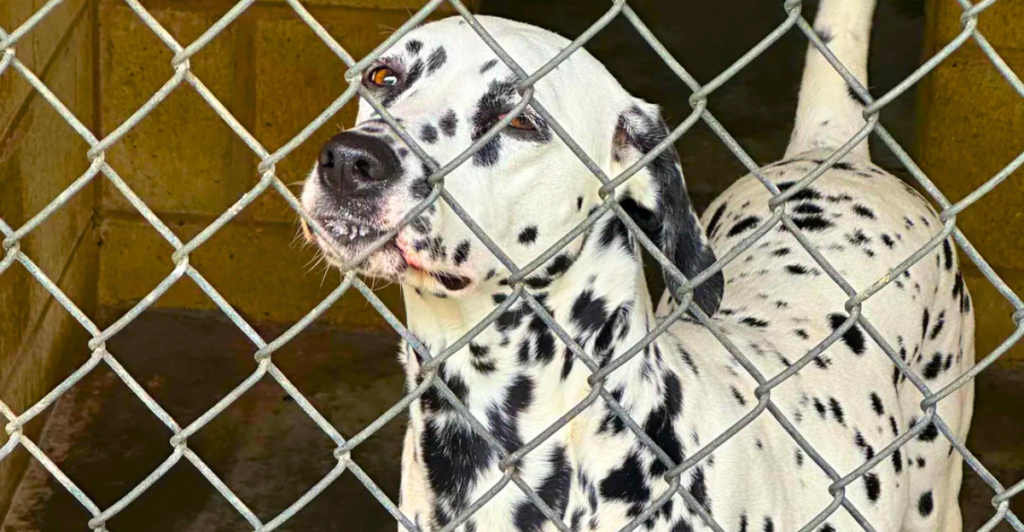
Dogs are usually honored as faithful friends, but some breeds have landed firmly in the center of controversy. Whether for misinterpreted behaviors or difficult temperaments, some dogs are typically tagged as “unfavorable.”
But are these breeds’ reputations even justified? In the course of this article, we’ll discover nine dog breeds that typically get a bad rap. The aim isn’t to perpetuate stereotypes but to see why these stereotypes exist.
Let’s learn about the characteristics which make them so polarizing and discuss the need for good training and ownership. What makes these so-called “ugly” dogs so unwanted? And why are there preconceptions against them?
1. Chihuahua – Small Size, Big Personality
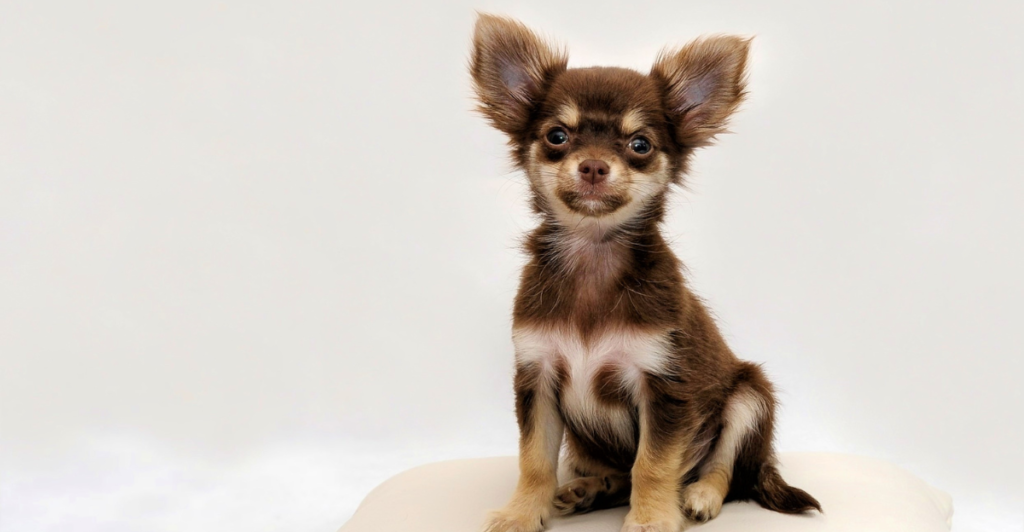
Chihuahuas are tiny but have a personality that is larger than their physical frame. Their confidence and boldness are often misunderstood as aggression. Chihuahuas are loving companions, which are sometimes mistaken as defense behavior.
They may be suspicious of other animals and strangers if they are not socialized. Their dominance and barking are a demonstration of how reactive they are. Chihuahuas can easily be tamed with the right training and socialization.
Despite being highly-strung, they can become loyal companions under proper direction. Yet, their small stature and strong personalities might not be best suited to every owner, particularly those with little time for training.
2. Akita – The Reserved Guardian
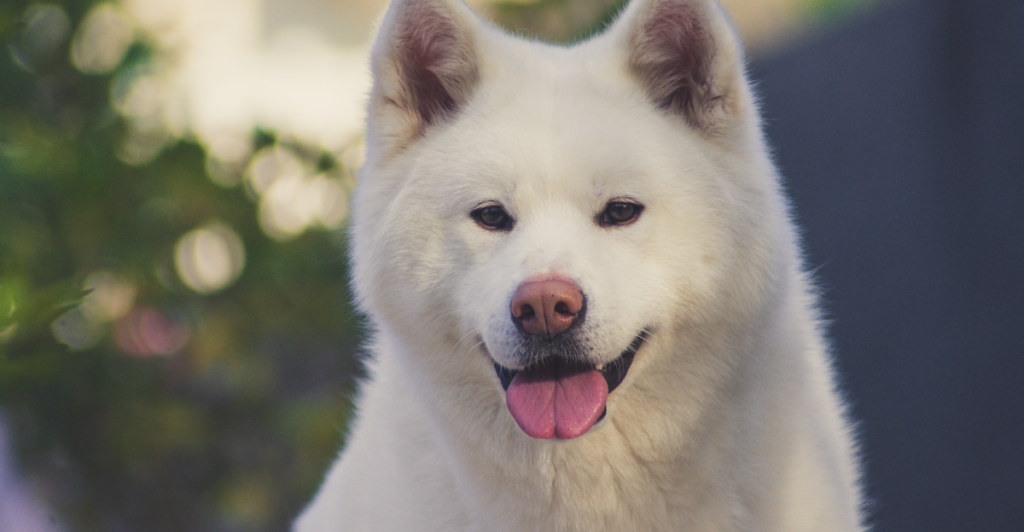
Akitas are highly valued for loyalty and guarding behavior. They originated in Japan where they were used as hunting dogs and guard dogs, something that is still true today. They are reserved and may not warm up to strangers immediately.
Their natural stance is occasionally confused with aggression. But with training and socialization, an Akita can make warm and gentle friends. Future owners should be ready for a dog that needs firm direction.
Their intelligence makes them both a test and a joy for dedicated handlers. Though not perhaps the most suitable for first-time owners, older dog enthusiasts can create deep, long-lasting relationships with these loyal protectors with the right care and attention.
3. Chow Chow – The Independent Aristocrat
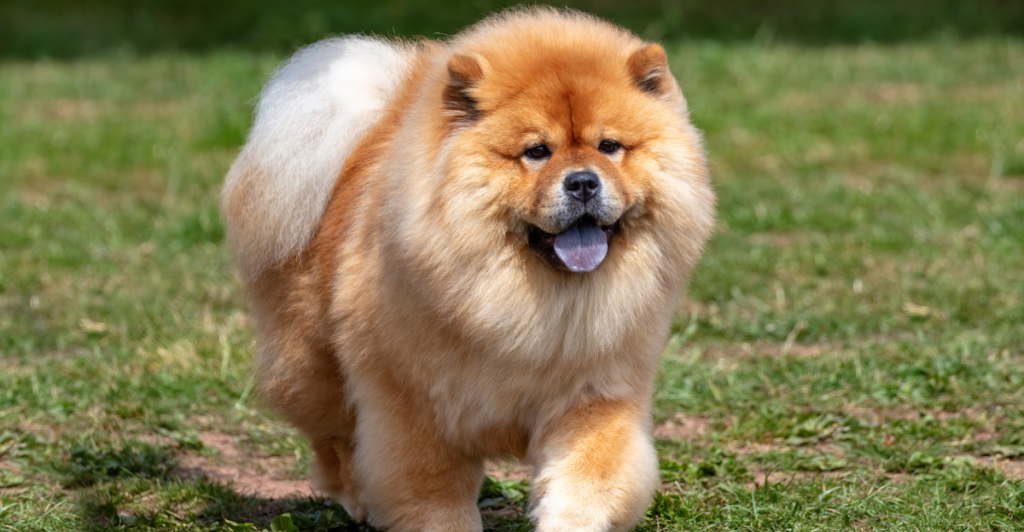
Chow Chows have a lion-like coat and regal bearing. Their independent personality is usually misunderstood as untrustworthiness and stubbornness. They were used in the past as watchdogs and have a strong defense mechanism.
This is manifested as suspiciousness of new people or animals. Socialization at an early age is crucial to raising a well-behaved dog. They don’t necessarily crave attention all the time, but they are very loyal to their packs.
Respecting their need for space is necessary in the development of a trusting relationship. Chow Chows are reserved and quiet, and they suit a person who desires a more laid-back dog. Their reserved nature is very hard to manage without proper training, however.
4. Shar-Pei – The Stoic Protector

Shar-Peis can be easily identified by their wrinkled skin and calmness. Originally bred in China for hunting and guarding, they are naturally guarded and reserved. Their independent streak can be trying for new dog owners.
Without firm leadership, they can become stubborn or possessive, but consistent training and early exposure to a wide range of situations can make them well-adjusted companions. Shar-Peis, despite their rough appearance, form close bonds with their owners.
They are quite low-maintenance in terms of energy but do need mental stimulation to prevent boredom. Inconsistent leadership can cause behavior problems, but with good care, they grow up to be wonderful, loving and loyal family members.
5. Siberian Husky – The Energetic Escape Artist
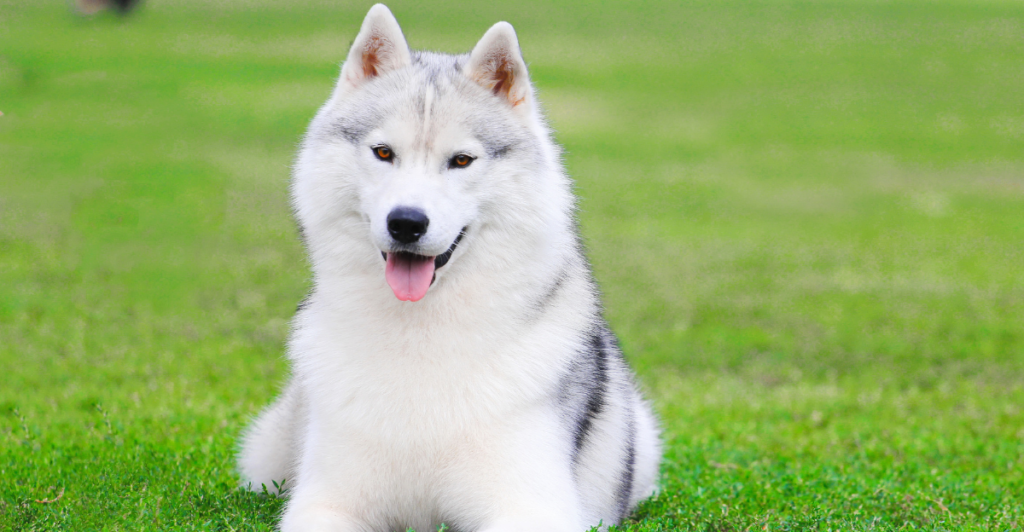
Siberian Huskies are a dramatic and energetic breed. Huskies were bred to pull sleds and work over distance, so they need plenty of exercise and mental stimulation. If they lack the adequate outlets, they can become destructive or try to escape.
Their independence also makes them tricky to train. They require a quiet and consistent strategy. Huskies are extremely social dogs and like people and other dogs.
They are not often aggressive, but their motivation and energy do make them more challenging to deal with than other breeds. They are best suited to active owners who can provide daily exercise and stimulation. Without this, Huskies could become a nuisance in the household.
6. Dalmatian – The Spotted Dynamo
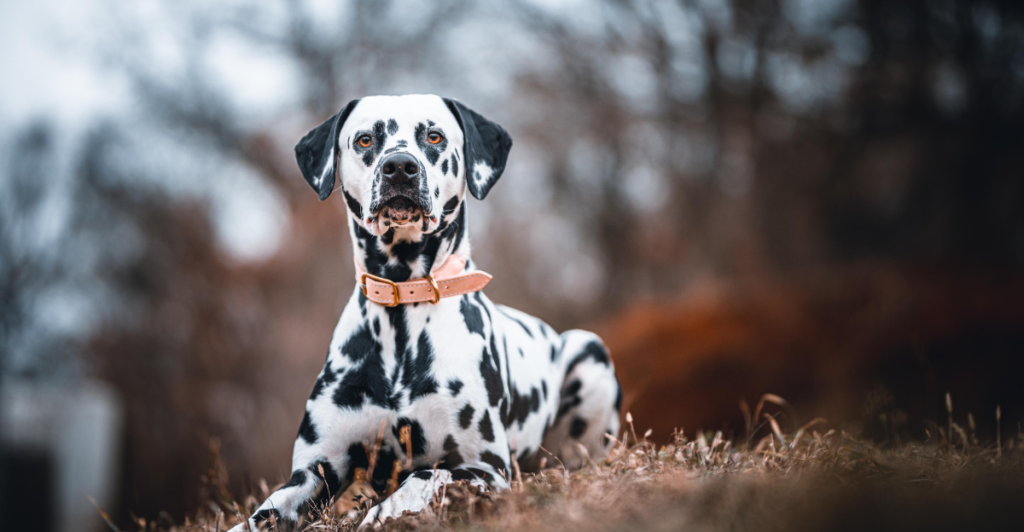
Dalmatians are instantly recognizable due to their unique coat markings. Trained to pull carriages, they are active animals that require lots of exercise. Their intelligence and sensitivity respond well to reward-based training methods.
Without socialization, they can be aloof or suspicious of strangers. Dalmatians thrive in active family settings where they can engage in numerous activities. Getting enough exercise and discipline is imperative to a balanced relationship.
Dalmatians also have a susceptibility to health problems, including deafness, which can cause them to become more difficult to train. Still, with proper care, Dalmatians are loving and active companions well-suited for families with an active lifestyle.
7. Dachshund – The Daring Tunnel Hunter
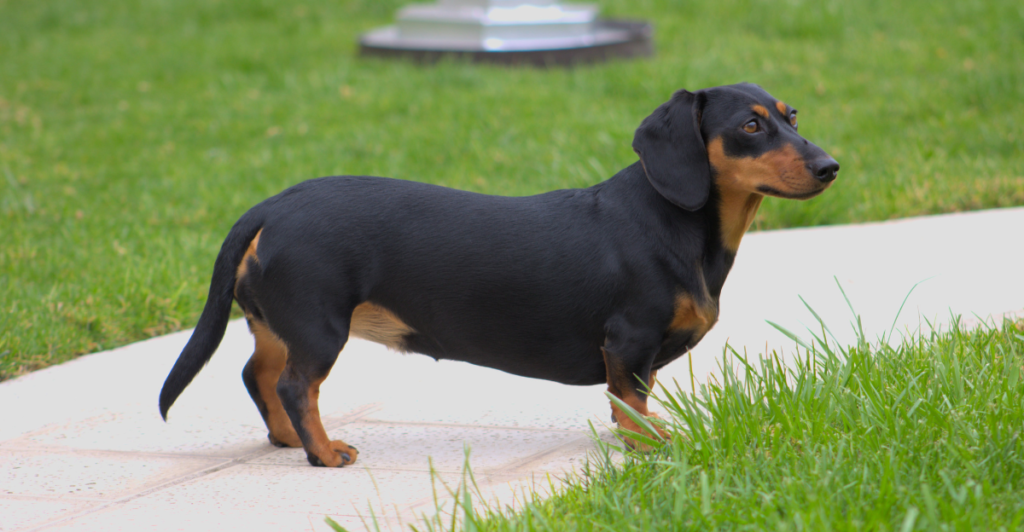
Dachshunds are long, have short legs, and were bred originally to track and hunt small animals. They are courageous and persistent, yet sometimes give the impression of being stubborn. They frequently bark, alerting their owners about potential intruders.
Early training will prevent this behavior. They make great family pets due to their strong attachment to their owners. They are independent, though, and obstinate by nature, and training them can be challenging. Dachshunds are also prone to separation anxiety, which magnifies their tendency to be vocal.
Providing mental stimulation and acknowledging their hunting instincts will make for a rewarding friendship. They excel in families where their built-in energy and curiosity are channeled positively.
8. Basenji – The Silent Observer

Basenjis stand alone among breeds in that they don’t bark — they yodel. Their independent nature and curiosity make them difficult to train. Basenjis are clean and cat-like with regard to grooming. Their distant nature can be confused with indifference.
Establishing trust through consistent and patient interaction is necessary. Basenjis are best for owners who appreciate a dog’s independent nature. They are smart animals and can be trained, but they need more patience than other dogs.
Basenjis are extremely energetic, too, so consistent physical exercise and mental stimulation are a must to avoid destructive behavior. When treated appropriately and with enough attention, they can be loyal companions.
9. Getting to Know the Controversial Canines
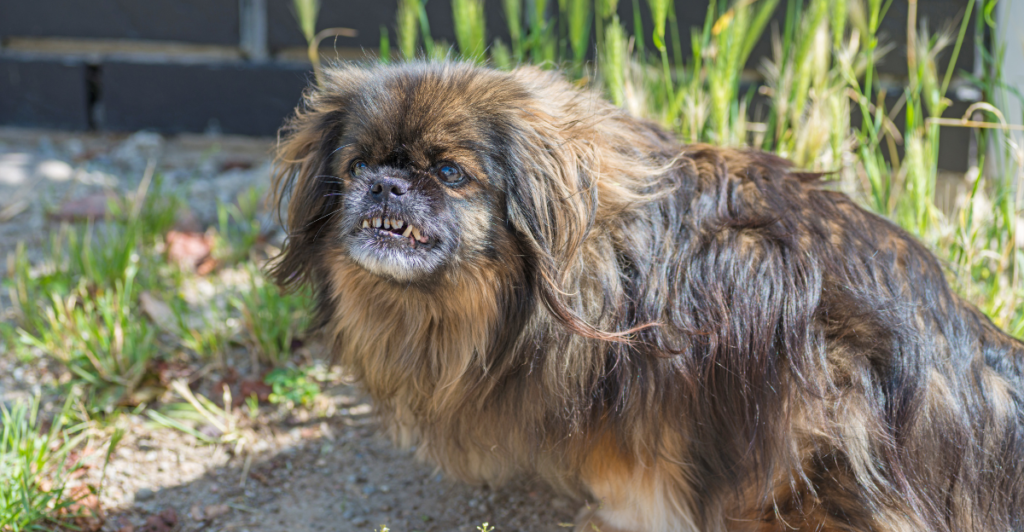
While these nine breeds may have earned their spots on the “most hated” list, it must be remembered that no dog is inherently bad. Much of their reputation stems from misconceptions, poor training, or poorly matched expectations from owners.
All dogs, regardless of breed, require exemplary ownership, socialization, and care. It’s wise to approach each of these breeds with an open mind and heart and know that so many of them are wonderful, loving animals in the right home.
Whether you’re thinking of adopting a dog from a controversial breed or just want to learn more, remember this: any dog can be an amazing pet with the right care and attention.
Explore more of our trending stories and hit Follow to keep them coming to your feed!

Don’t miss out on more stories like this! Hit the Follow button at the top of this article to stay updated with the latest news. Share your thoughts in the comments—we’d love to hear from you!







